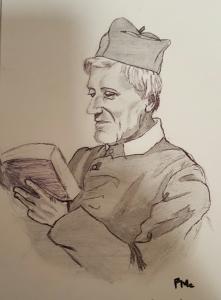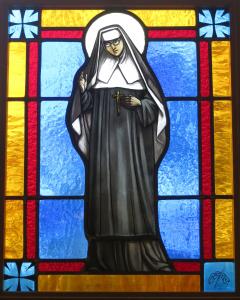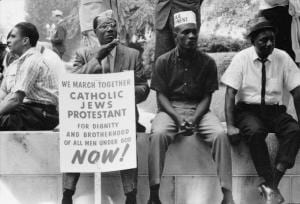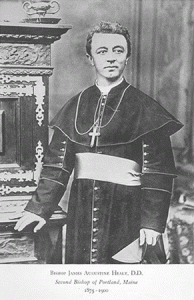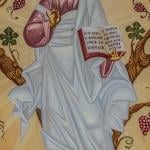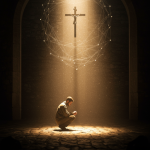 Domingo Guzman came from a wealthy Castillian family. As a priest he became interested in the reform of the clergy and fighting the various heresies that arose during the twelfth and thirteenth centuries. An important tool he promoted toward this end was the rosary. Domingo once received a vision from Our Lady, who showed him a wreath of roses, representing the rosary. She told him to say the rosary daily, teach it to all who would listen, and eventually the true faith would win out. Dominic is often credited with the invention of the rosary, but it actually pre-dates him.
Domingo Guzman came from a wealthy Castillian family. As a priest he became interested in the reform of the clergy and fighting the various heresies that arose during the twelfth and thirteenth centuries. An important tool he promoted toward this end was the rosary. Domingo once received a vision from Our Lady, who showed him a wreath of roses, representing the rosary. She told him to say the rosary daily, teach it to all who would listen, and eventually the true faith would win out. Dominic is often credited with the invention of the rosary, but it actually pre-dates him.
But his powerful was the order he founded. The Dominican order, officially known as the Order of Preachers, was founded in response to the spread of heresy throughout Europe. Known as the “hounds of the Lord” (Domini Canes) Dominic founded them to travel among the people preaching the gospel in all its purity. Because Dominic saw the need for preachers to be properly formed, he sent his men to Paris, where the best schools in Europe were located.
Hence we have the roots of the Dominican intellectual tradition which would reach its heights under St. Albert the Great and his disciple St. Thomas Aquinas. They were the founders of Scholasticism, a school of thought that integrated philosophy with theology, reconciling faith with reason by showing the compatibility of the two. The term scholasticism comes from doctores scholastici, a “teacher of the arts.” This would be the bedrock for Catholic intellectual life over the centuries. Aquinas’ masterpiece is the Summa Theologica.
In 1216 Innocent confirmed the Dominican order, “expecting the brethren of your order to be the champions of the faith (pugiles fidei) and true lights of the world, we hereby confirm you order.” Other mendicant orders that arose during the 13th century were the Augustinians and the Carmelites. Interestingly, the first Dominican Pope, Innocent V was elected in 1276. The first Franciscan Pope, Nicholas IV, was elected in 1288.


